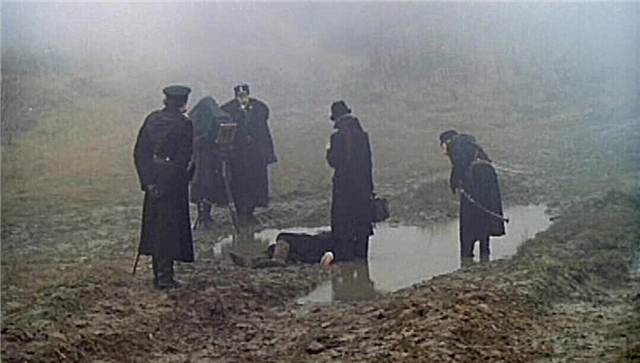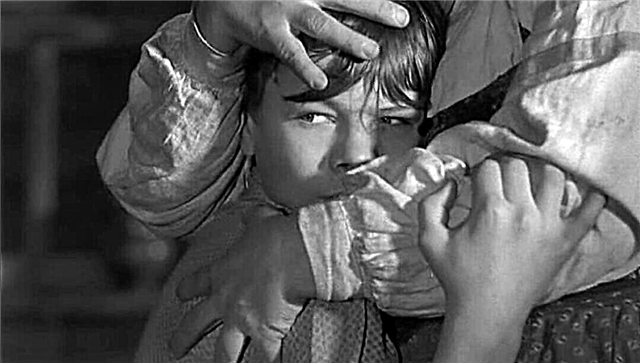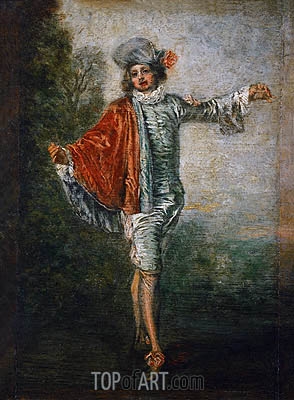(375 words) In Goncharov’s Oblomov’s work, we get acquainted with two central female images: Olga and Agafya. Despite the fact that both have a romantic relationship with the protagonist, each of them is unique in its unique nature. The contrast that arises between the characters, not only complements the artistic picture of the novel, but also allows the reader to see Oblomov’s personality from two different perspectives.
Starting with the portrait characteristics of the heroines, the author emphasizes the obvious difference between them. Olga appears before us as a young beautiful girl with refined facial features, thanks to which Oblomov paid attention to her. A slender silhouette and easy gait are key attributes that complement Olga's appearance, while Agafia's appearance was not exceptional. Being a plump middle-aged woman, she did not stand out from the others. That is why the author speaks of her face as "simple." However, physiological differences only frame the comparison of two girls, full of contrasts. Differences continue in their lifestyle, which is formed based on their social status. As we know, Olga is a young noblewoman who has a small estate. You can say that she is literally at the beginning of her life's journey, which is why she is attracted to movement and adventure. Goncharov says that she is full of energy, which charges everyone around. Agafya, on the contrary, is the wife of a late official who remained with two children. All income is provided to her livestock, which she keeps at home. Despite the fact that the woman is economic and active, and is constantly at work, she does not strive for her own intellectual development: she does not attend theaters, she is not interested in literature, she does not write well in Russian. Agafia carries the image of a domestic woman, a modern housewife. And Olga personifies the Russian aristocracy of the nineteenth century.
Differences in lifestyle and characters explain Oblomov’s nature, which is revealed in his relationship with them. Being together with Olga, the hero was energized, he had a desire to participate in the boiling life of high society. But he could not hold out for long. Returning to his lazy routine, he began to burden the girl. The rhythms of the lives of the heroes simply did not coincide, so their relationship was obviously doomed. Oblomov needed someone to take care of him, as his mother once did; one who will not change the routine. That is what he found in Agafia. The woman became for him the guardian of the hearth. She blew off dust particles from him, fussed around the house and treated him like a master. In relations with her, he found the "Oblomovism" that he dreamed of.












